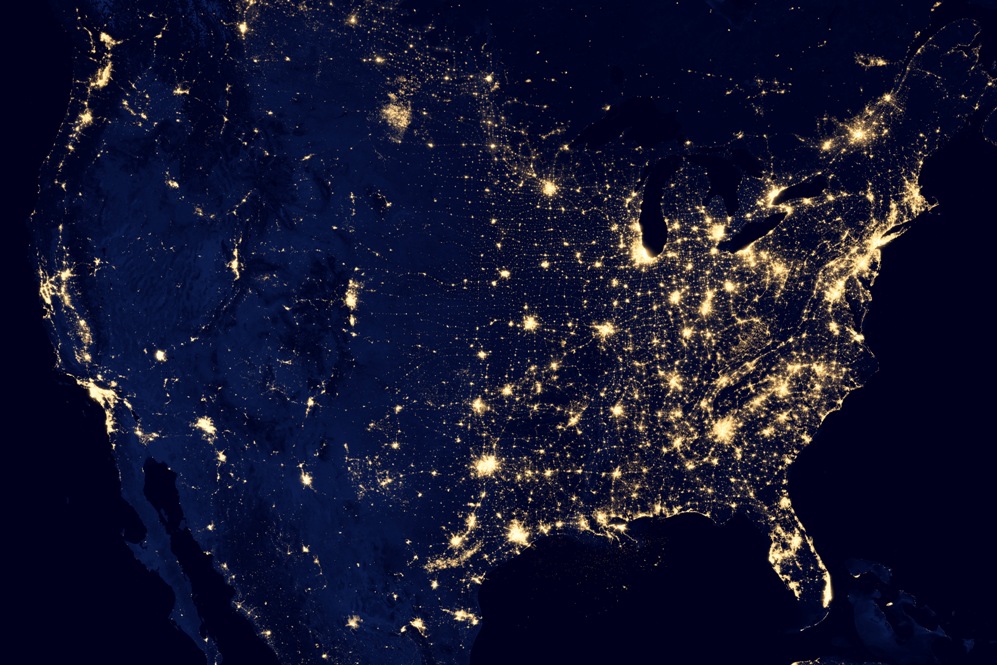Using this weather system, Spanish landed on the Canaries and occupied them. The indigenous Guanches were sold as slaves in mainland Spain or converted and turned into farm-laborers by their Castilian conquerors.
Profiting from the experience of the Canaries in using the trade winds, Christopher Columbus landed in America in 1492. Was Genoves. The finance for his expedition was provided by himself, other Genoa merchants in Seville and by the Spanish Queen Isabella, who had seized cash when her troops occupied Granada.
The first island Columbus founded, which called Isabella, failed completely.
The first successful settlement took place in 1502, when Nicolas de Ovando landed in Santo Domingo with 30 ships and 2,500 men. By 1520 10,000 Spanish were living on the island of Hispaniola, food was being grown regularly and trade with Europeans had been established.
In 1519, Hernando Cortes had broken into the American mainland by assaulting Mexico. Within a few years, Spanish were 1000 miles north of Mexico City.
The Spanish imported wheat, barley, ploughs, sugarcane, vineyards and livestock, oxen for ploughing, horses, mules, donkeys, sheep, pigs and poultry. The Spanish were the only west Europeans with experience of running large herds of cattle on horseback, which became a outstanding feature of the New World.
The papacy, consulted, drew a longitudinal line a hundred leagues west of the Azores, west of it was Spanish, east of it Portuguese. The Treaty of Tordesillas in 1494 drew the line 370 leagues west of Cape Verde. The Portuguese knew the coast of Brazil from 1500, when a Portuguese squadron, on its way to the Indian Ocean pushed into the Atlantic to avoid head winds and struck land.
The first colony in Brazil was planted in 1532. During the last quarter of the 16th century Brazil became the largest slave importing center in the world. Over 300 years Brazil absorbed more slaves than anywhere else. Throughout the 16th century the Portuguese had a virtual monopoly of the slave trade.
